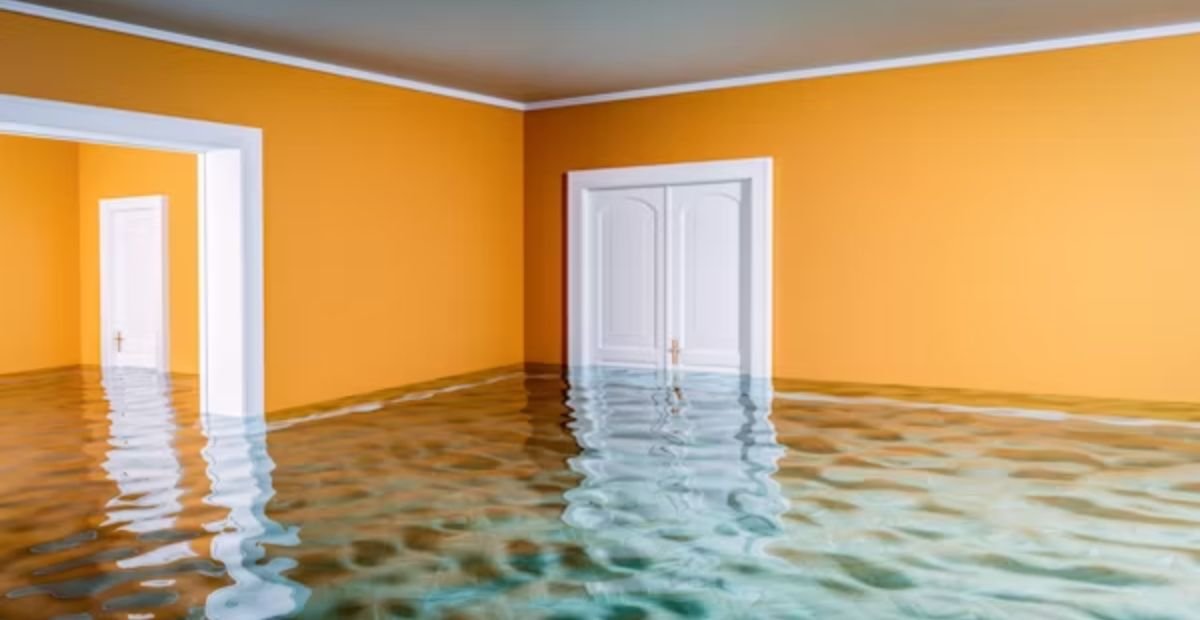Does Renters Insurance Cover Flooded Basements in Rental Homes?

Many renters assume that their insurance will protect them from every kind of water damage, including basement flooding. But the truth isn’t always so simple. So, does renters insurance cover flooded basements in rental homes? Typically, it doesn’t cover flood damage caused by natural disasters like heavy rain, overflowing rivers, or sewer backups. However, it may cover damage resulting from accidental events like burst pipes or faulty appliances. Understanding what your policy includes is crucial to avoid costly surprises. Renters often store valuables in the basement, assuming they’re safe. But without proper coverage, flood-related losses can be financially devastating. Always review your renters insurance policy thoroughly and consider additional coverage if you live in a flood-prone area.
What Standard Renters Insurance Actually Covers
Standard renters insurance typically includes personal property coverage, liability protection, and additional living expenses. But when it comes to water damage, especially flooding, the details matter. Generally, if water damage comes from inside the home, such as a burst pipe, the damage to your personal belongings is likely covered. On the other hand, if your basement floods due to rainwater or a storm, your standard renters insurance won’t pay for the damages. This makes it important to ask: does renters insurance cover flooded basements in cases that fall outside of internal mishaps? The answer, more often than not, is no. That’s why renters in flood-risk zones should seriously consider flood insurance or endorsements that extend coverage.
Common Causes of Basement Flooding in Rentals
Basement flooding in rental homes can happen for many reasons—some avoidable, others not. When evaluating whether does renters insurance cover flooded basements, it’s essential to understand what actually causes the flooding. Natural elements and man-made problems both contribute to basement water issues. While some may be sudden, like heavy rainfall, others build up over time due to neglect or wear and tear. By identifying these causes early, renters can take preventive steps or add extra insurance coverage before facing expensive damage.
Here are some of the most common causes of basement flooding in rentals:
- Heavy rainfall or storms leading to surface water seeping through walls or windows
- Clogged or broken gutters/downspouts directing water toward the foundation
- Sewer line backups due to blockages or outdated plumbing infrastructure
- Sump pump failures during power outages or equipment malfunctions
- Leaky or burst plumbing pipes inside the basement or walls
- Improper grading around the property, causing water to pool near the foundation
- Appliance malfunctions like water heaters, washing machines, or HVAC leaks
Knowing these potential triggers helps renters assess risks and ask their insurer the right question: does renters insurance cover flooded basements caused by these issues?
When Renters Insurance Might Cover Basement Flooding
Renters insurance typically doesn’t cover water damage from flooding, but there are exceptions. If the flooding is due to a burst pipe or accidental overflow from a household appliance, your policy might help with repairs or damaged belongings. It’s essential to review the “covered perils” in your insurance to understand what qualifies. Water backup from a drain or sump pump might be covered with an added endorsement.
However, damage from natural flooding like heavy rain or rising groundwater is generally excluded. In such cases, you’d need a separate flood insurance policy for protection. Always clarify with your insurer to avoid surprise claim denials.
What Coverage You Actually Need for Flooded Basements
To protect your belongings from basement flooding, standard renters insurance alone isn’t enough. You’ll likely need additional coverage like water backup or flood insurance, depending on the source of the water. Water backup coverage helps with damage from sump pump failures or drain backups, which are common in basements.
For natural disasters like heavy rainfall or flash floods, only a separate flood insurance policy will offer protection. This specialized coverage is available through the National Flood Insurance Program (NFIP) or private insurers. It’s a smart investment if you live in a flood-prone area.
How to File a Claim for Water Damage
If your basement floods due to a covered incident, it’s vital to act quickly. First, document everything—photos and videos of the damage, lists of destroyed belongings, and receipts if possible. Then, contact your insurance provider and begin the claims process immediately. Keep records of every conversation and ask directly, does renters insurance cover flooded basements in my specific case? Adjusters will evaluate the cause and assess the value of your losses. The better your documentation, the smoother your claims process will be. Ineligible claims, especially those related to natural flooding, will be denied if not backed by proper additional coverage.
Preventive Measures Every Renter Should Take
You can’t stop a flood, but you can take steps to minimize damage. Store important belongings off the ground, use waterproof containers, and consider installing a battery-powered sump pump if allowed by your landlord. Sealing basement walls and ensuring good drainage outside your home can also help. While asking yourself does renters insurance cover flooded basements, remember that insurance only helps after something goes wrong. Prevention should be your first defense. Even without complete insurance coverage, these small actions can save you from substantial losses and reduce the risk of mold and structural damage.
Cost of Flood Insurance for Renters
Many renters hesitate to add flood insurance due to the cost. However, premiums are often lower than expected—especially in low-risk areas. You can obtain flood insurance for as little as $100–$300 annually in some locations. So, if you’re constantly worried—does renters insurance cover flooded basements?—you might want to calculate the potential cost of replacing your electronics, furniture, or other valuables. In most cases, a flood insurance policy will cost far less than replacing everything in your basement after a disaster. Talk to your insurer about bundling options to make the coverage more affordable.
Conclusion
So, does renters insurance cover flooded basements in rental homes? The bottom line is: not usually. Standard policies exclude damage from natural floods, sewer backups, and sump pump failures unless you’ve added special endorsements. That’s why it’s essential to understand your coverage limits and enhance them if needed. Protect your belongings with the right mix of policies, and take preventive measures to reduce risk. Being informed today can save you time, stress, and thousands of dollars in the future.
FAQs
Does renters insurance cover water damage from a burst pipe in the basement?
Yes, most renters insurance policies cover water damage caused by a sudden burst pipe, including damages to personal belongings in the basement.
Will renters insurance pay for items damaged by rainwater entering through windows?
No, renters insurance typically does not cover rainwater damage from outside sources unless it enters due to a covered peril like a storm-damaged roof.
Can I get renters insurance that includes basement flooding?
Yes, but you’ll need to purchase additional coverage like flood insurance or water backup endorsements for full protection against basement flooding.
How do I know if I live in a flood-prone area?
You can check FEMA’s Flood Map Service Center or ask your landlord. Knowing your flood risk helps determine if extra coverage is necessary.
Does renters insurance cover mold caused by a basement flood?
Only if the mold results from a covered water damage event. If the flooding wasn’t covered, mold damage likely won’t be either.




